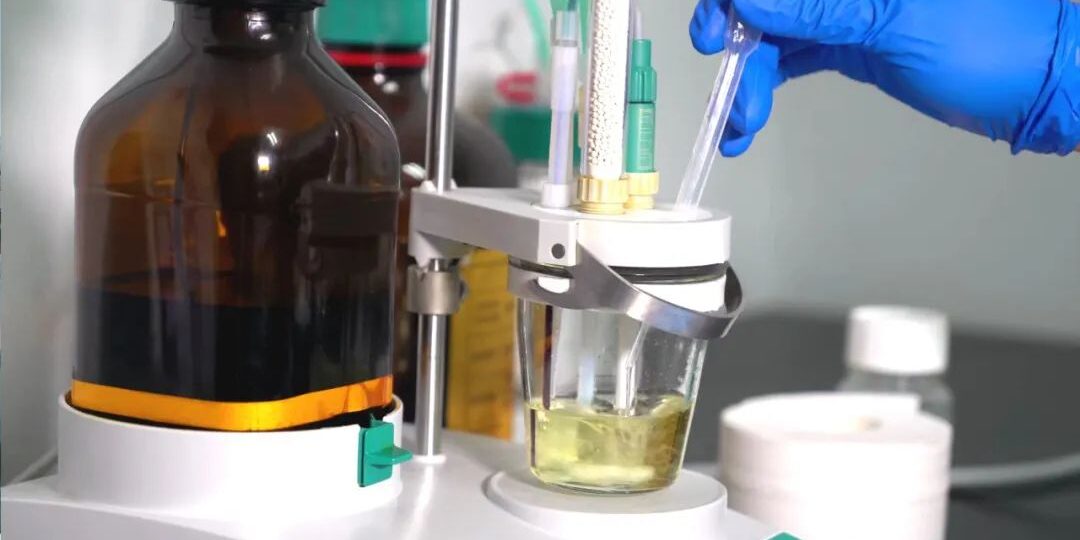Common sense and instructions for use
Foam is a common natural phenomenon, which may be familiar to all of us. For example, when cooking rice, making dumplings, and cooking noodles in daily life, if you are not careful, the pot will overflow due to foam; when you played with bubbles when you were a child, you will blow out colorful bubbles that float all over the sky; when you pour the liquid into the cup quickly, The foam overflowing from beer; the spectacular foam formed by the sea water hitting the shore and hitting the rocks on the coast; and the common soap and washing powder water foam when people wash clothes; the foam produced by shower gel and shampoo The bubble is all too familiar.
For example, firefighters skillfully use foam to extinguish some fires, and pastry chefs use the foam phenomenon (function) to make delicious bread, cakes and sponge cakes for us. Drinking a bottle of soda or beer on a hot summer day can quench our thirst. These are all It’s the function of bubbles. Also such as foam flotation, foam metallurgy, foam printing and dyeing, foam printing, foam plastics, etc.
Recommendation: Add 150 ~ 250 ml of TP-18 defoaming agent per 100L of solution
Equipment: 316 stainless steel tank, PP tank or PE tank.
Addition: When bubbles are continuously gushing out from the working tank, take 30 ml/100L of defoaming agent from the tank solution, add a little water to dilute it and pour it into the working tank.
(The above are reference suggestions, please adjust according to the actual situation)







